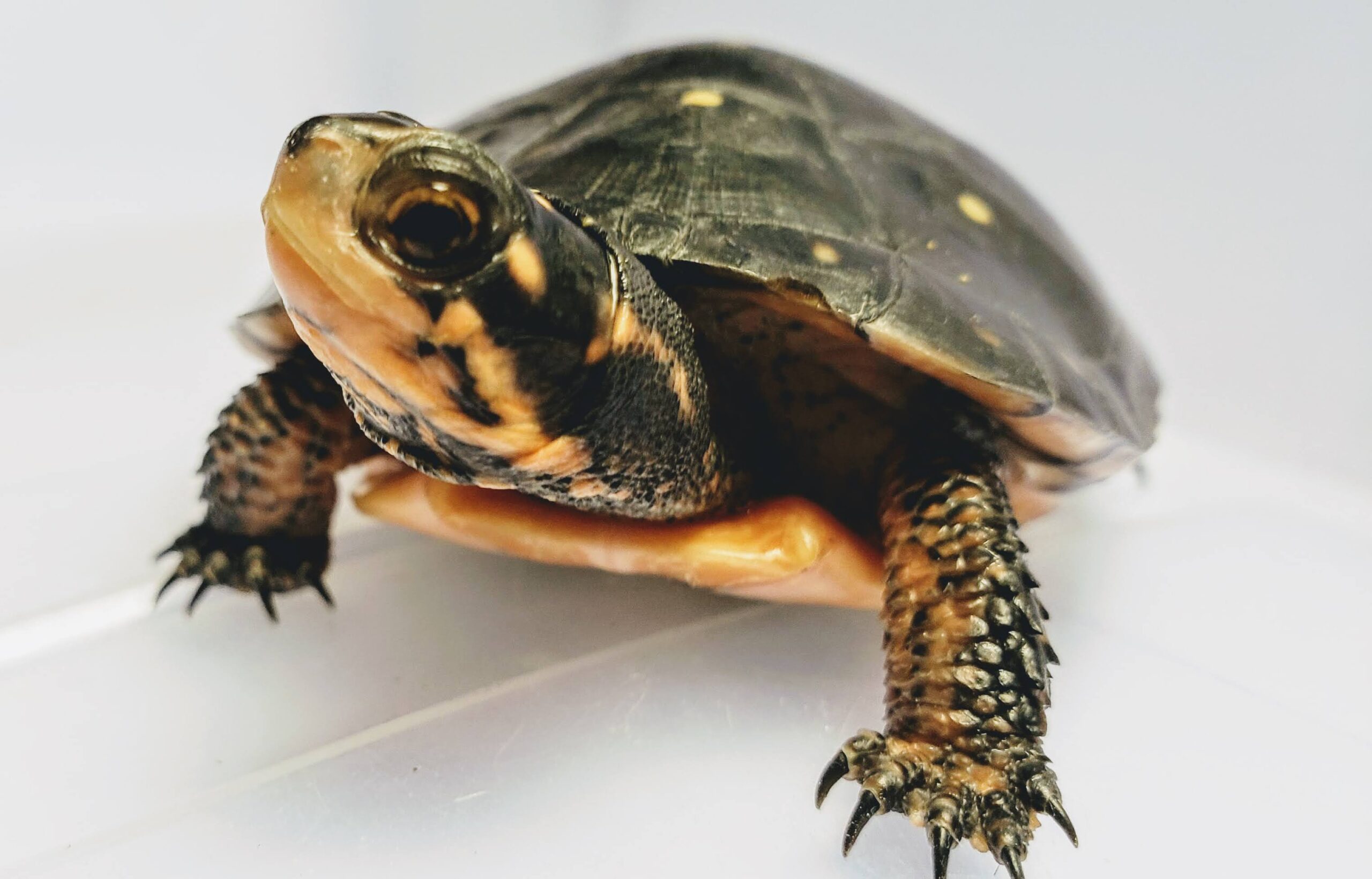
Spotted Turtles
Spotted turtles (Clemmys guttata) are globally endangered and considered a species of Greatest Conservation Need in Massachusetts by the Natural Heritage and Endangered Species Program. Despite their rarity, small populations exist in Boston’s urban parks, where Zoo New England has studied them since 1998. We intensified our efforts and began trapping and radiotracking many more spotted turtles in 2018.
To conserve this species, we have been protecting nests and headstarting hatchlings through the HATCH program. We partner with local Boston schools to raise the local spotted turtles and have successfully released 15 turtles in the past three years.This year, alongside our efforts in the Boston area, we have initiated a similar project in Middlesex County. We are researching these urban spotted turtles as part of a preliminary survey, in anticipation of receiving funding from the Department of Defense through the Smithsonian. The DoD is developing a management strategy for spotted turtles on their properties, and the proposed research aims to advance scientific understanding of the interactive effects of land use and climate on (1) nest site selection, (2) nest success, and (3) hatchling sex ratio and vitality of spotted turtles in two well-studied populations in the northern (i.e., Massachusetts) and southern (i.e., Georgia) extent of their range.
Zoo New England was chosen to be the organization to provide the deliverables for the northern population. In 2024, we focused on surveying adult female spotted turtles at one of our established sites. Our goals include radiotracking females to nesting sites, protecting nests, and headstarting hatchlings. In future seasons, we will focus on expanding our knowledge of this population’s nesting habitat and vagility.
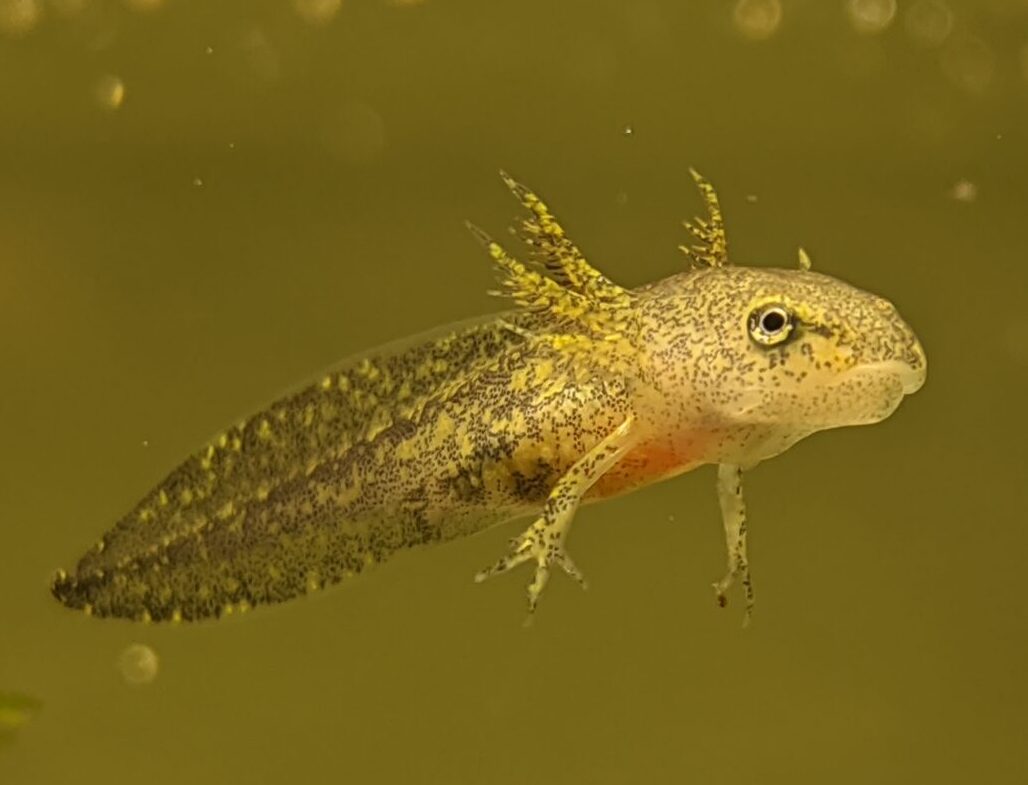
Marbled Salamanders
The marbled salamander (Ambystoma opacum) is designated as a Threatened Species in Massachusetts; populations have declined significantly throughout the state and they are nearly extirpated from northeastern MA, where they were once widespread. As part of an effort to combat these declines, we have been conducting a reintroduction program wherein we gather larval marbled salamanders from stable donor populations in western Massachusetts, raise them in captivity through metamorphosis, and release them into promising habitat in the Middlesex County. To date, we have released 425 headstarted juvenile salamanders at three sites near suitable vernal pool habitat in the Middlesex County, and observed new larvae which serve as evidence of successful reproduction of our reintroduced individuals.
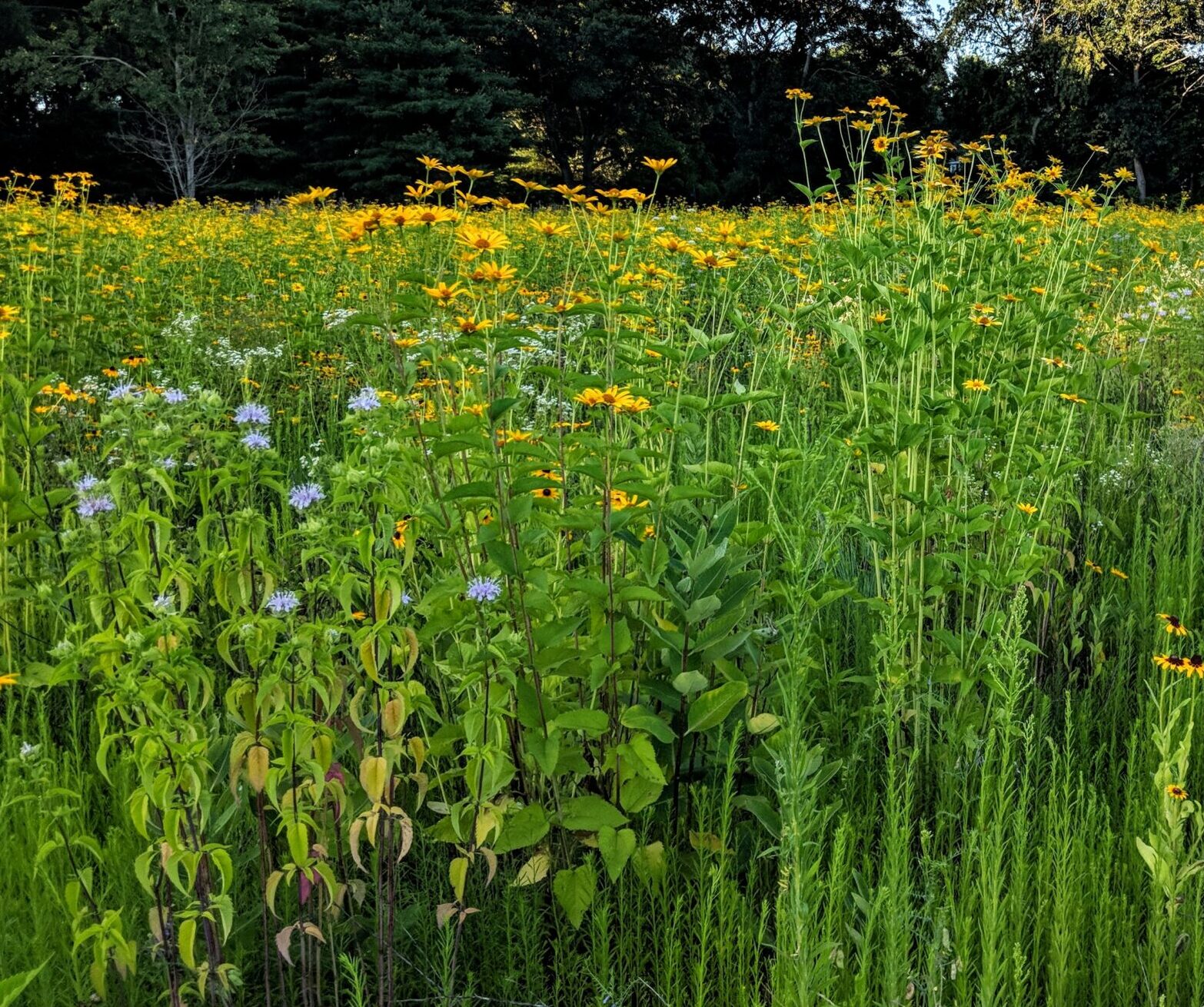
Peter Spring Field
Peter Spring Field is a 20-acre agricultural field owned by the town of Concord, Massachusetts, and leased to the local, organic growers at Hutchins Farm. The field is ecologically significant as a corridor between wetlands (Great Meadows National Wildlife Refuge and Moore’s Swamp), especially for Blanding’s turtles in the region. Historically, this 5-acre conservation portion of Peter Spring Field was seeded with annual crops and mowed regularly, which provided minimal value to local wildlife. Our goal for this site, in cooperation with Hutchins Farm and Concord, was to replace the cover-and-mow management with a no-mow, native-forward wildflower meadow that would benefit pollinators, turtles, and the local ecosystem as a whole. In 2017, supported by a grant from the Concord Garden Club and with the assistance of Hutchins Farm, we seeded the approximately 5 acres with a custom wildflower and grass mix. In 2020, we established four small rectangular plots within the larger 5 acres to test the feasibility and growth of some rare native species, including sundial lupine. Beginning in 2020, we began annual surveys of the field in late summer via a repeatable transect survey, to better assess change over time. As of 2024, via these transect surveys, we have identified 101 species or unique genera established at this site. The field has responded very well to our minimal management, and it has been a great opportunity to observe natural succession patterns, especially through difficult climate conditions. Over time, this field’s biodiversity has shifted and grown– and one of the oldest Blanding’s turtles adults, who we have observed nesting for the past 15 years, chose Peter Spring Field as her nesting site this year!
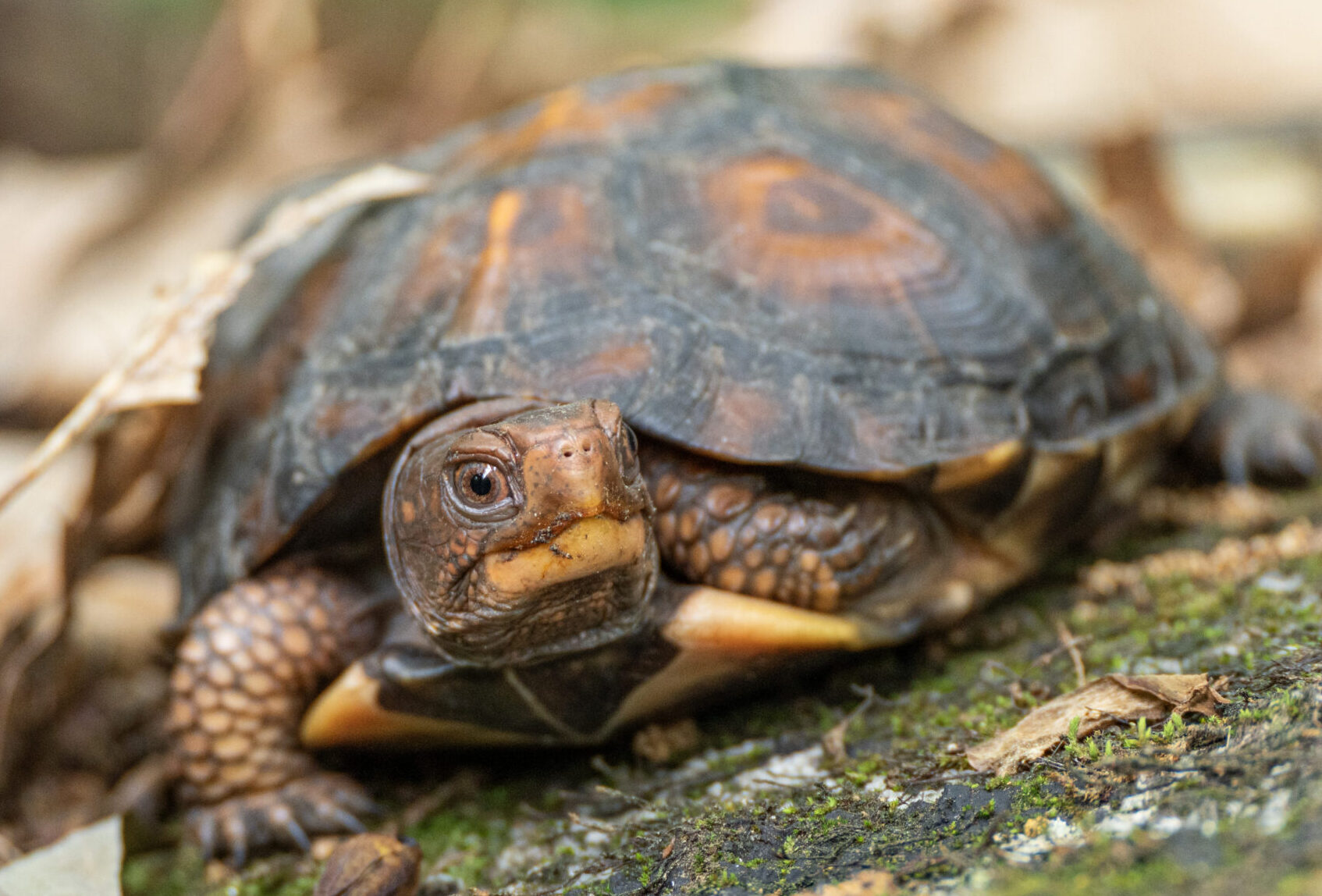
Box Turtles
Zoo New England’s Field Conservation Department has been monitoring and managing small populations of eastern box turtles (Terrepene carolina) in both the Middlesex County in MA and, in partnership with New Hampshire Fish and Game, Hillsborough County in NH, where the species is state-listed as endangered. These populations exist at the northern edge of the species’ range, where box turtles occur at much lower densities, and display under-researched regional variations in form and function.
The primary goal of Zoo New England’s box turtle project is to increase knowledge of the species’ life history and habits at the northern extent of its range, while minimizing the probability of the population’s local extirpation. A key component of our effort was assessing headstarting as a viable conservation strategy for box turtles. This two-season pilot project was successful, and the knowledge and experience gained has informed our conservation work in New Hampshire, which has recently started a headstarting program. We are exploring the distribution, habitat use, and survival prospects of Eastern box turtles in a region heavily impacted by development. To achieve these goals, Zoo New England monitors populations through regular radiotelemetry, sampling at both active and potential box turtle sites, and releasing captive-reared eastern box turtle hatchlings sourced from these populations
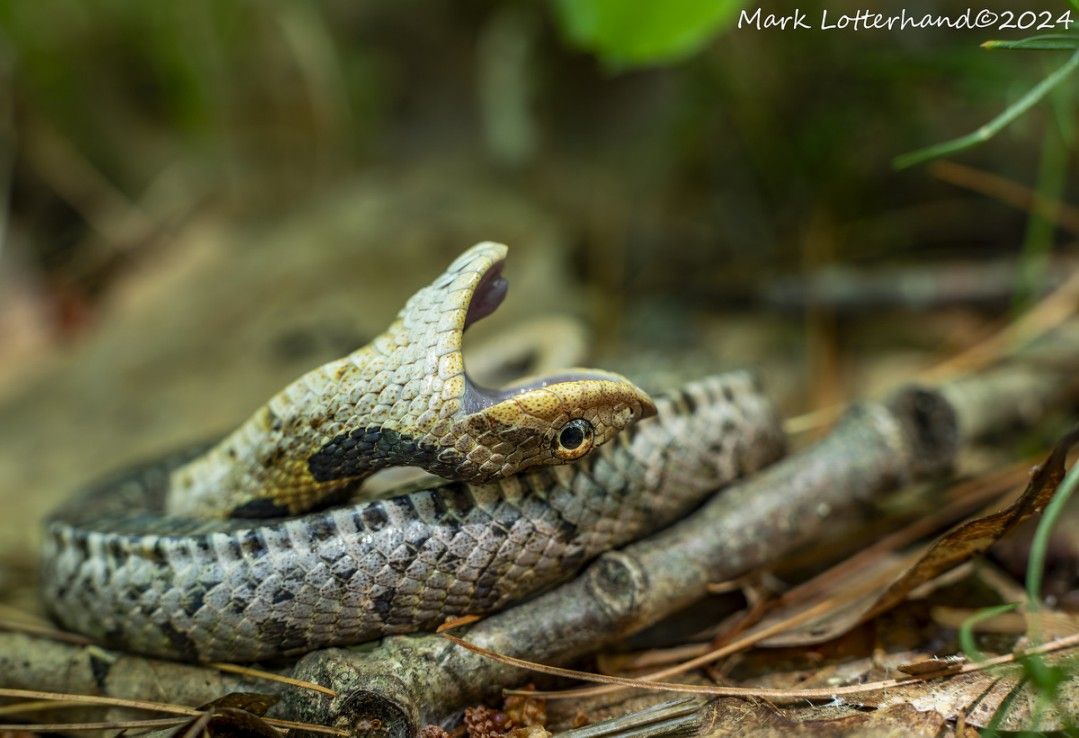
Hognose Snakes
Eastern hognose snakes (Heterodon platirhinos) are listed as a species of Special Concern in Massachusetts and are listed as Endangered in New Hampshire. Northeastern Massachusetts and southern New Hampshire are the northern limits of the species’ range, and limited distribution, combined with the looming threat of urban development, puts the species at significant risk.
In 2021, Zoo New England, in collaboration with volunteers, initiated an informal pilot project to document and study eastern hognose snakes in northern Middlesex County. Over the last four years, several dedicated volunteers have conducted visual surveys and built connections with the local community, who also occasionally report snakes that they observe to the volunteers. Our goals are to opportunistically document observations of hognose snakes, record their locations and morphometric data, and tag each snake with a passive integrated transponder (PIT) tag to confirm individual IDs. This year, we recorded survey effort assessed population demographics, and continued to monitor nesting at the site.
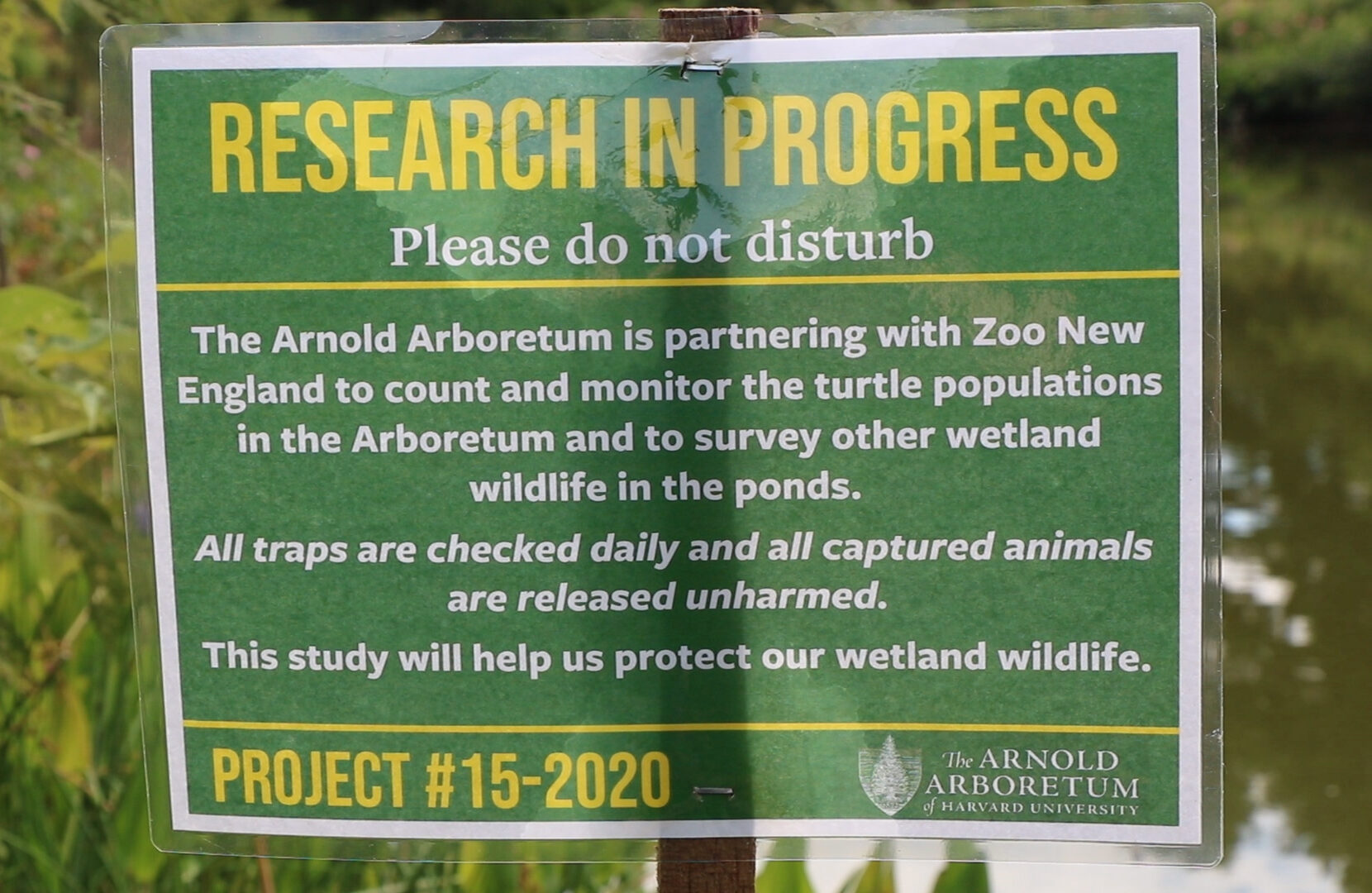
Biodiversity Sampling
Our department has joined forces with esteemed partners such as Mass Audubon, Lowell Parks and Conservation Trust, Woburn Conservation Commission, and the Arnold Arboretum to conduct comprehensive surveys of wetlands. These collaborative efforts aim to assess and enhance biodiversity, ensuring these vital ecosystems are preserved for future generations.
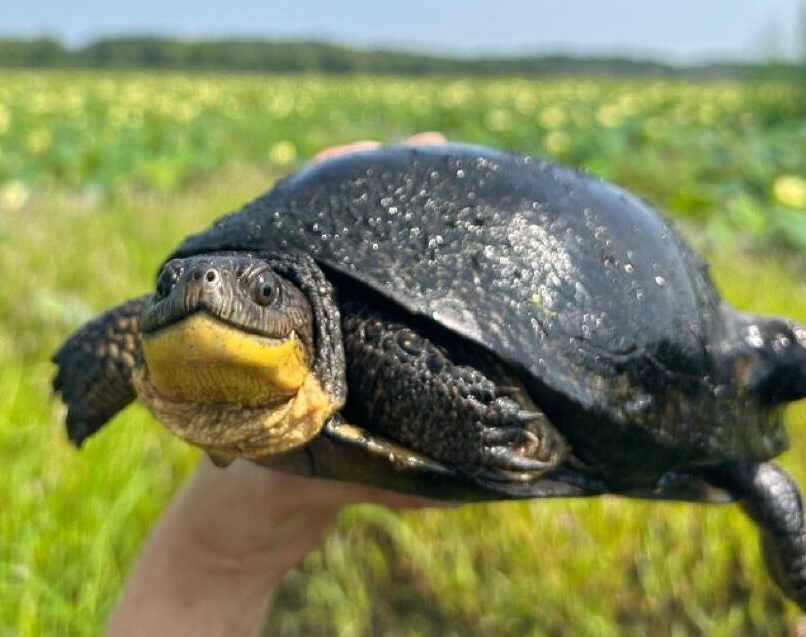
Blanding’s Turtles
Zoo New England’s Field Conservation Department and partners have been working to restore a population of Blanding’s turtles (Emydoidea blandingii) in Middlesex County since 2003. This population is one of 18 Blanding’s turtle populations in the northeastern United States designated as “high-priority” for conservation (Willey et al., 2021). Over the last 20 years, we have helped reverse a long-term decline in the numbers of this population. When we began our work in 2003, there were likely fewer than 70 individual Blanding’s turtles at the site. Our goal has been to fully restore this regionally significant population to 200 or more adults. We’re well on our way; as of the end of 2023, population estimates suggest that there are 275 Blanding’s turtles that are adults or nearly so. In addition to our efforts with this high-priority population, we are conducting studies and restoration activities for another population of Blanding’s turtles in Middlesex County, as well as a population in Norfolk County.
Our methods include nest protection, headstarting, habitat enhancement, and monitoring, with enthusiastic support from USFWS, MassWildlife, towns, volunteers, and thousands of schoolchildren. Citizen outreach and engagement is core to our Blanding’s Turtle Conservation Project. Through this project, we educate and engage hundreds of children and adults annually about local conservation and our shared responsibility to the biodiversity of Massachusetts and our shared environment. This project has consistently demonstrated its efficacy not only as a successful conservation management program but also as a model that can be adapted to citizen-participation conservation efforts for rare turtle populations elsewhere
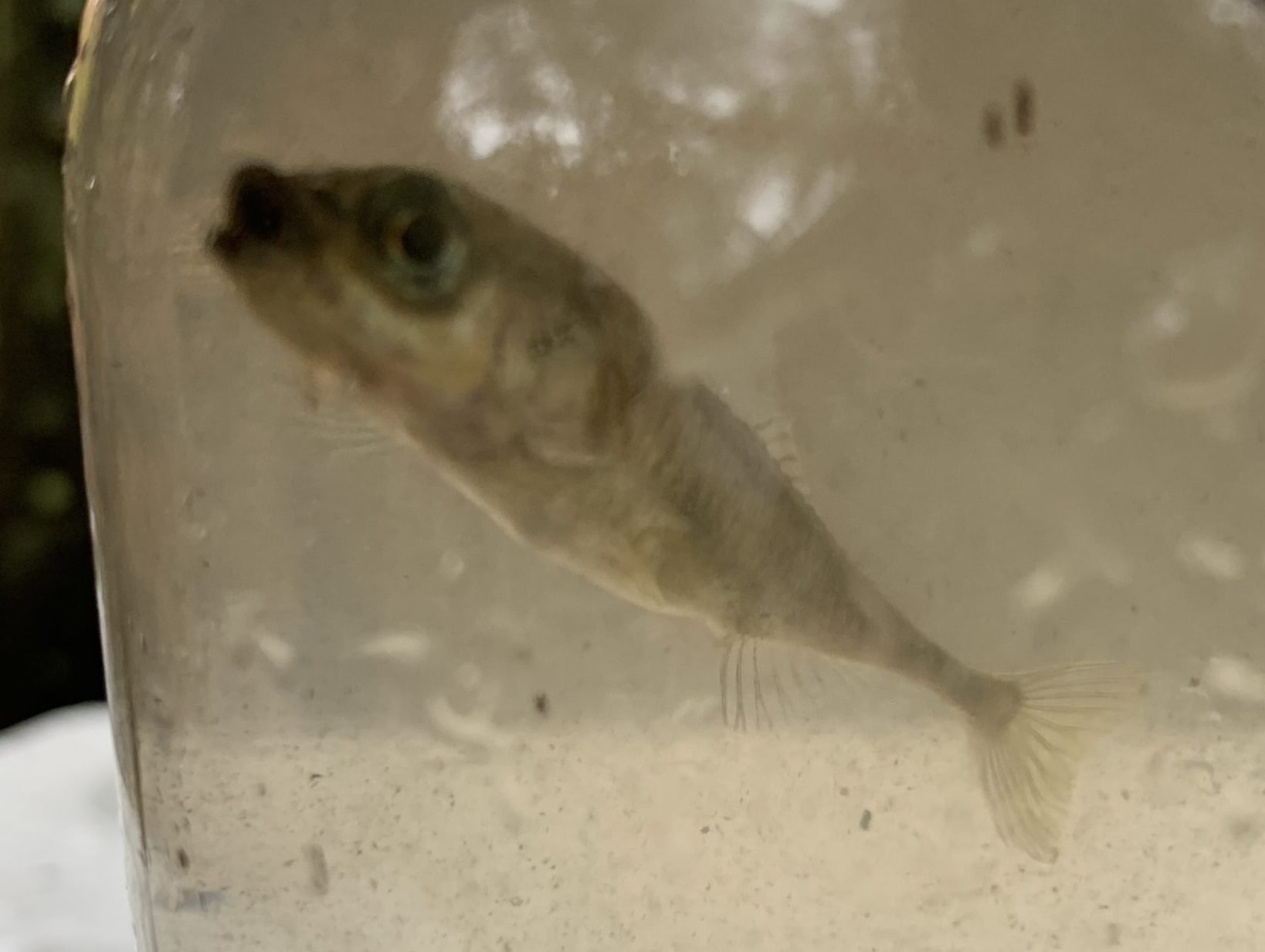
Threespine Stickleback
Since the fall of 2020, Zoo New England has conducted annual surveys of a unique, land-locked threespine stickleback (Gasterosteus aculeatus) population in Suffolk County. This population is the southernmost completely freshwater group of its kind and the only one in Massachusetts. Over the years, researchers like Michael Bell, Les Kaufman, and Karsten Hartel have studied this population, which is listed as “Threatened” under the Massachusetts Endangered Species Act.
Our initial seining surveys in 2020 estimated the population size to be between 500 and 1000 fish. However, ongoing monitoring has revealed an alarming, exponential decline in their numbers, with no apparent cause until this year. Our recent survey found no sticklebacks and identified a potential factor in their decline: the presence of a goldfish.
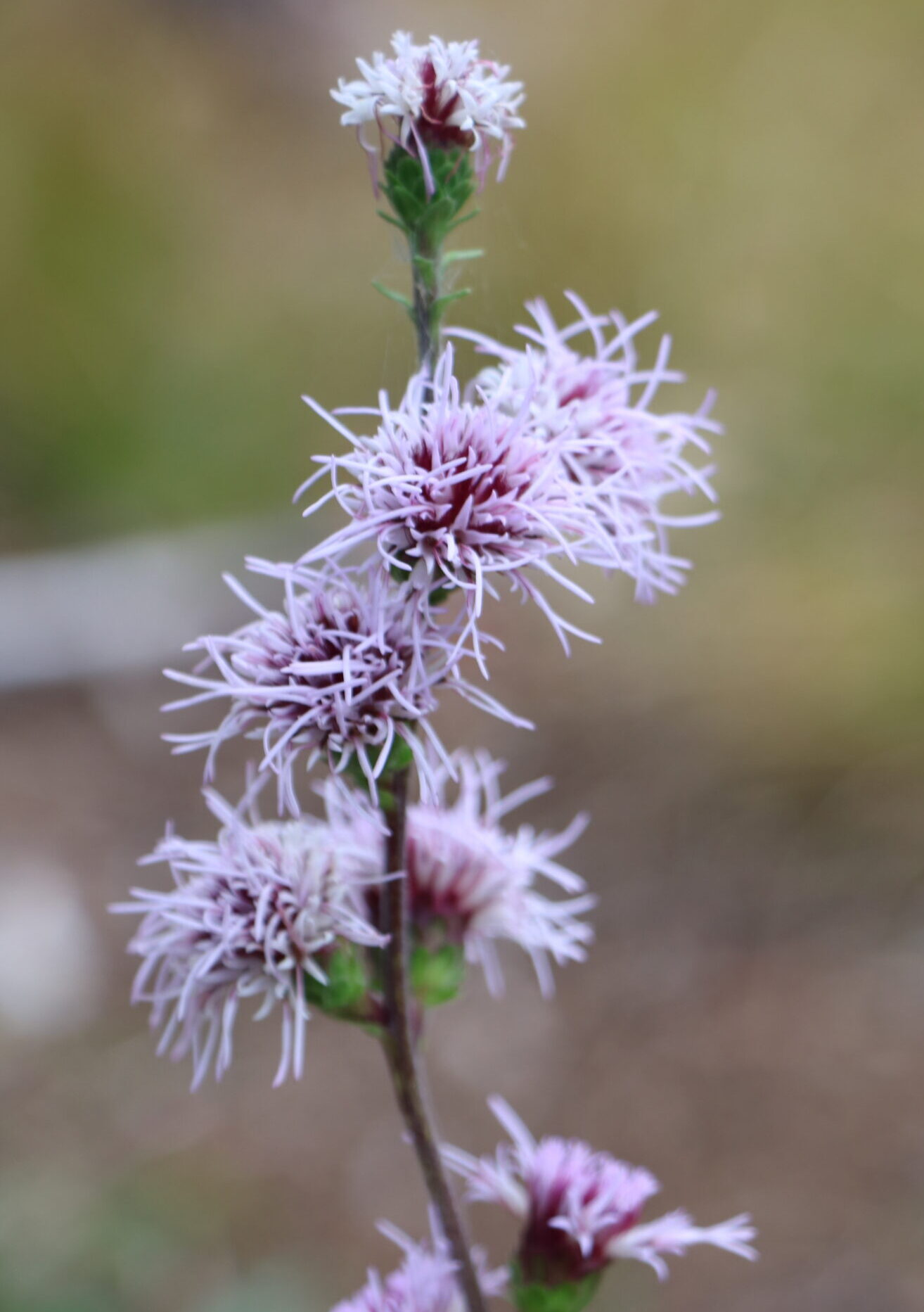
New England Blazing Star
The New England Blazing Star, Liatris novae-angliae, is a beautiful, herbaceous perennial within the Asteraceae family. The showy, fall-blooming plant has large purple flowers and is a favorite among pollinators, including monarch butterflies about to migrate to Mexico! The New England Blazing Star is listed as a “Species of Special Concern” by Massachusetts and is the only blazing star native to the New England states. It used to occur throughout many of the suburban towns west and north of Boston, but is now almost entirely extirpated in northeastern Massachusetts. In 2017, MNHESP allowed us to plant Liatris novae-angliae in several small reintroduction plots throughout Middlesex County. As of 2024, we are managing and monitoring plots at five reintroduction sites that are within conservation areas with naturalistic plant communities. These reintroductions have had varying rates of success, but we have learned a lot about what these beautiful plants need to survive and thrive; in the two most successful reintroduction sites, the patches of New England Blazing Star are successfully “recruiting” new baby plants and expanding with no human intercession. ZNE has also been able to supply seedlings at several “display” sites, where the landowners showcase native Liatris within managed garden or pollinator plantings for educational and outreach purposes. The largest of these display sites is in Weston, and was planted by local second-graders, who learn about the importance of putting the right plant in the right place and then plant blazing stars.

Wood Turtles
Wood turtle (Glyptemys insculpta) populations are in decline throughout their range, and have been petitioned for listing under the Endangered Species Act (Jones and Willey, 2021). The wood turtle is designated as a Species of Greatest Conservation Need (SGCN) in the State Wildlife Action Plans of all 17 states in which it occurs, and is considered Endangered by the International Union for Conservation of Nature (FWS, IUCN). Zoo New England has been monitoring small populations of wood turtles throughout northeastern Massachusetts since 2012, starting with a single population in Concord and expanding into seven distinct populations in five towns. Our goal for this project has been to assess wood turtle population demography, movement patterns, and habitat use within these small, urbanized sites and, where possible, assist in their recovery through nest protection, headstarting, and habitat improvement.
Our staff have noticed that wood turtle mortality is particularly high during drought years. Since these turtles rely on shallow streams for hydration and shelter from predators, years of low water flow leave them highly exposed. To better understand which animals are eating wood turtles and how often, we have installed trail cameras in specific high-traffic areas at each site, as well as at a few nearby locations where we haven’t tracked turtles before. Comparing how many potential predators we see in the densely populated areas vs. the others may tell us something about whether our culprits are hunting specifically for turtles or just picking them up opportunistically. We’ve also deployed lifelike 3D-printed wood turtle models with scent from real turtles to observe and record the behavior of different potential predators.
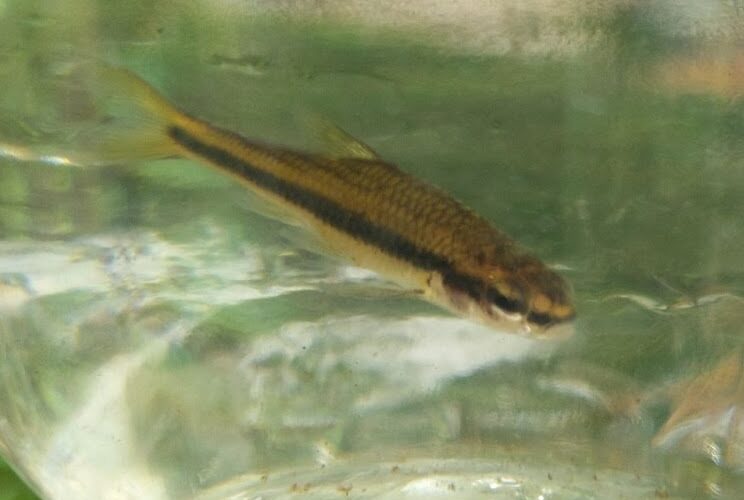
Bridle Shiner
This small shiner (minnow) species is threatened and declining throughout much of its range and is listed as a species of special concern in Massachusetts. Our team has been coordinating search efforts with state biologists to help survey historical sites and promising sites. Monitoring these waterways keeps our seining skills sharp and helps set a baseline for future scientists to explore changes in the bridle shiner’s abundance or distribution.
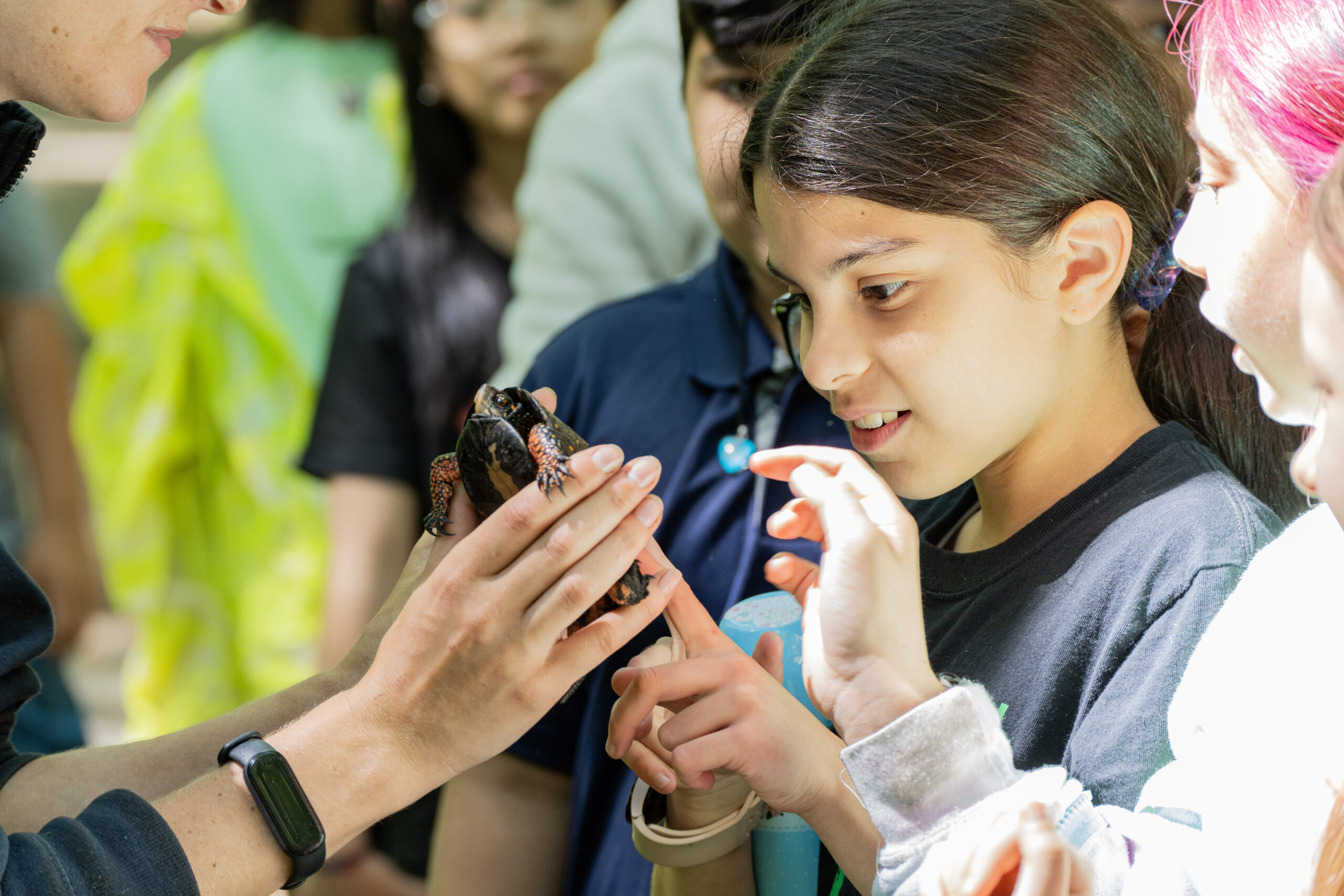
HATCH
Hatchling and Turtle Conservation through Headstarting (HATCH) is Zoo New England’s award-winning conservation-based education program focused on supporting and protecting local turtle species including Blanding’s, wood, spotted and snapping turtles. Through the program, students and teachers from participating schools have the opportunity to actively and significantly participate in a real-world rare species conservation program by raising hatchling turtles to greatly increase their chances of survival in the wild.
To date, over 20,000 students have taken part in the program. At each school, classrooms raise newborn turtle hatchlings over the course of the year and then release the turtles back into the wild during field trips to local conservation areas. By giving them this “headstart,” students directly help conserve dwindling turtle populations by dramatically increasing the odds that each turtle cared for will survive to adulthood. At the same time, students collect and analyze data on hatchlings’ growth while learning about the ecology and importance of our freshwater wetlands. By helping protect native biodiversity and restoring healthy wetlands in their communities, students learn that they can be agents of change in a small but significant way.
As an integral part of our work with schools, our scientist educators provide high-quality indoor classroom presentations and lead field trips built around the students’ participation in the turtle headstarting program. Together, we learn about wildlife conservation, wetland ecology, and landscape history, focusing on the inquiry-based skills at the center of the Next Generation Science Standards.
